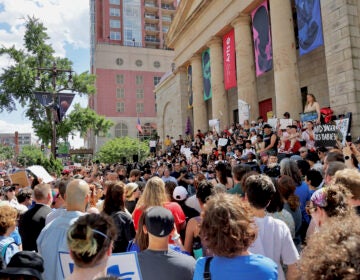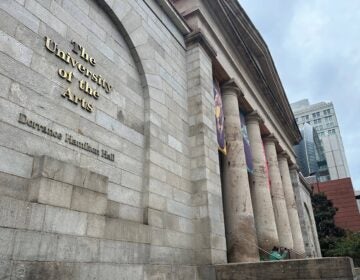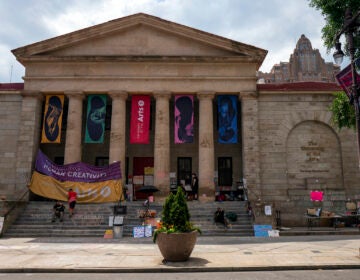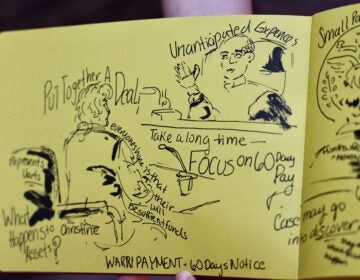Here’s what could happen to UArts’ $61 million endowment and its historic campus
UArts is still responsible for ensuring its endowment is spent the way donors intended. Regulators will control the transition of both buildings and the money.
UArts closure: What you need to know
- Philadelphia’s University of the Arts recently announced its sudden closure
- The abrupt closure has sparked widespread criticism from students, faculty and staff, who have pushed for answers from the university
- UArts president Kerry Walk resigned shortly before the university’s last day
- The future remains unclear for UArts students, some of whom are watching the school collapse from abroad
University of the Arts officials blamed an unexpected budget crunch for its closure last week, but they still control a big pool of donations earmarked for the long-term support of the school and its students.
The university’s endowment is worth about $61 million, according to financial statements ending June 2023.
Now what might happen with those donations is up in the air, though there will be restrictions.
“If a fund existed to do art scholarships, it would need to continue to provide art scholarships,” said Zac Kester, CEO and managing attorney of Charitable Allies, a nonprofit legal aid firm.
There was about $4.4 million in restricted funds for scholarships, financial statements ending June 2023 show.
In general, the endowment will likely be transferred to a different charitable organization where it can be spent for the intended purpose, Kester said.
It’s not usually available for universities to repay any debts, but that’s ultimately up to state regulators.
“The key variable is going to be how Pennsylvania law deals with donor-imposed restrictions on charitable assets,” he said.
The UArts board of directors hired global management company Alvarez & Marsal to handle the closure process.
Neither Alvarez & Marsal nor University of the Arts responded to an interview request for this news story.
While the decision to close the university happened behind closed doors, the process to dismantle the nonprofit could be much more public.
Pennsylvania’s attorney general oversees the dissolution of nonprofits, which includes transfer of remaining assets, like the university’s endowment.
“We are reviewing the circumstances of the closure and any transfer or loss of assets,” said Brett Hambright, a spokesperson for the Pennsylvania Attorney General’s office in a recent email. “We are very concerned by the sudden closure of University of the Arts, which has impacted students, staff, and the community.”
UArts took out $50 million in municipal bonds and still owes about $45 million. Just like a for-profit company bankruptcy, the university must repay its debts to secured creditors as a priority.
That means its campus buildings, estimated to be worth $94 million, could be on the auction block to raise cash for creditors. If the university doesn’t have enough assets to satisfy its debts, some creditors won’t get paid.
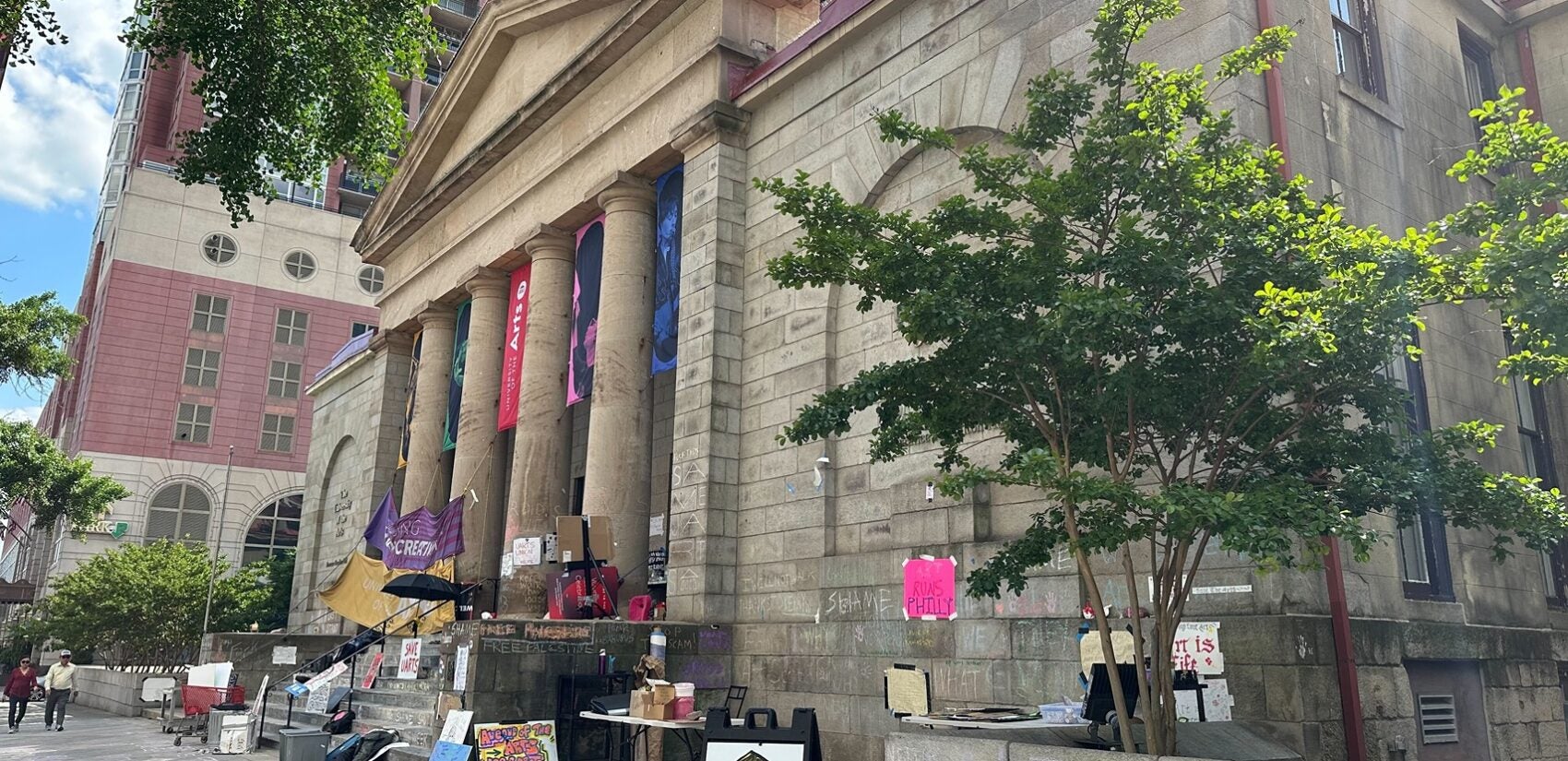
Its campus is considered prime real estate in Center City, but it will also take imaginative new owners interested in adaptive reuse projects for historic properties. Developers won’t be able to start from scratch.
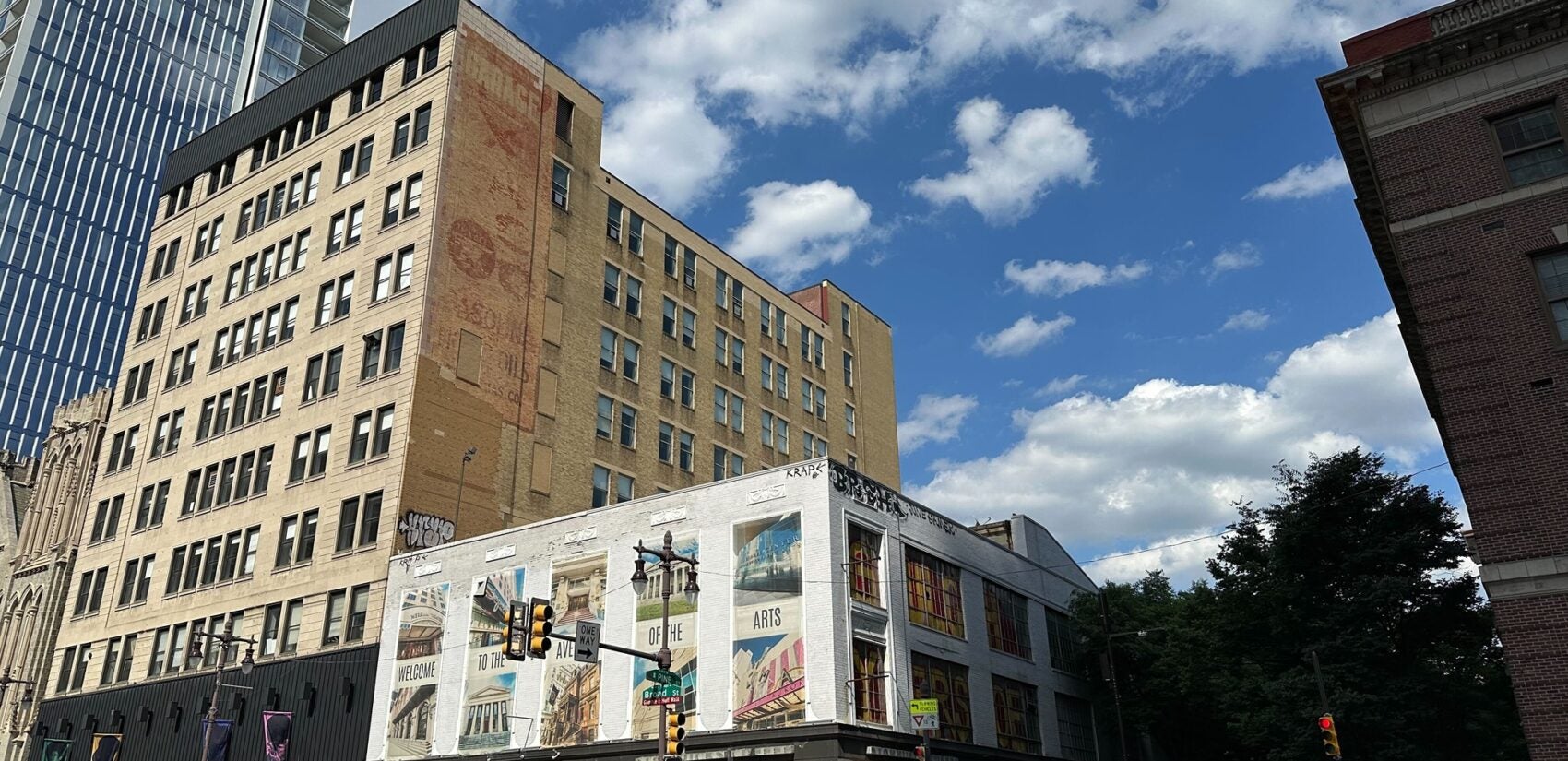
“[The buildings] cannot be easily demolished,” said Paul Steinke, executive director for the Preservation Alliance for Greater Philadelphia.
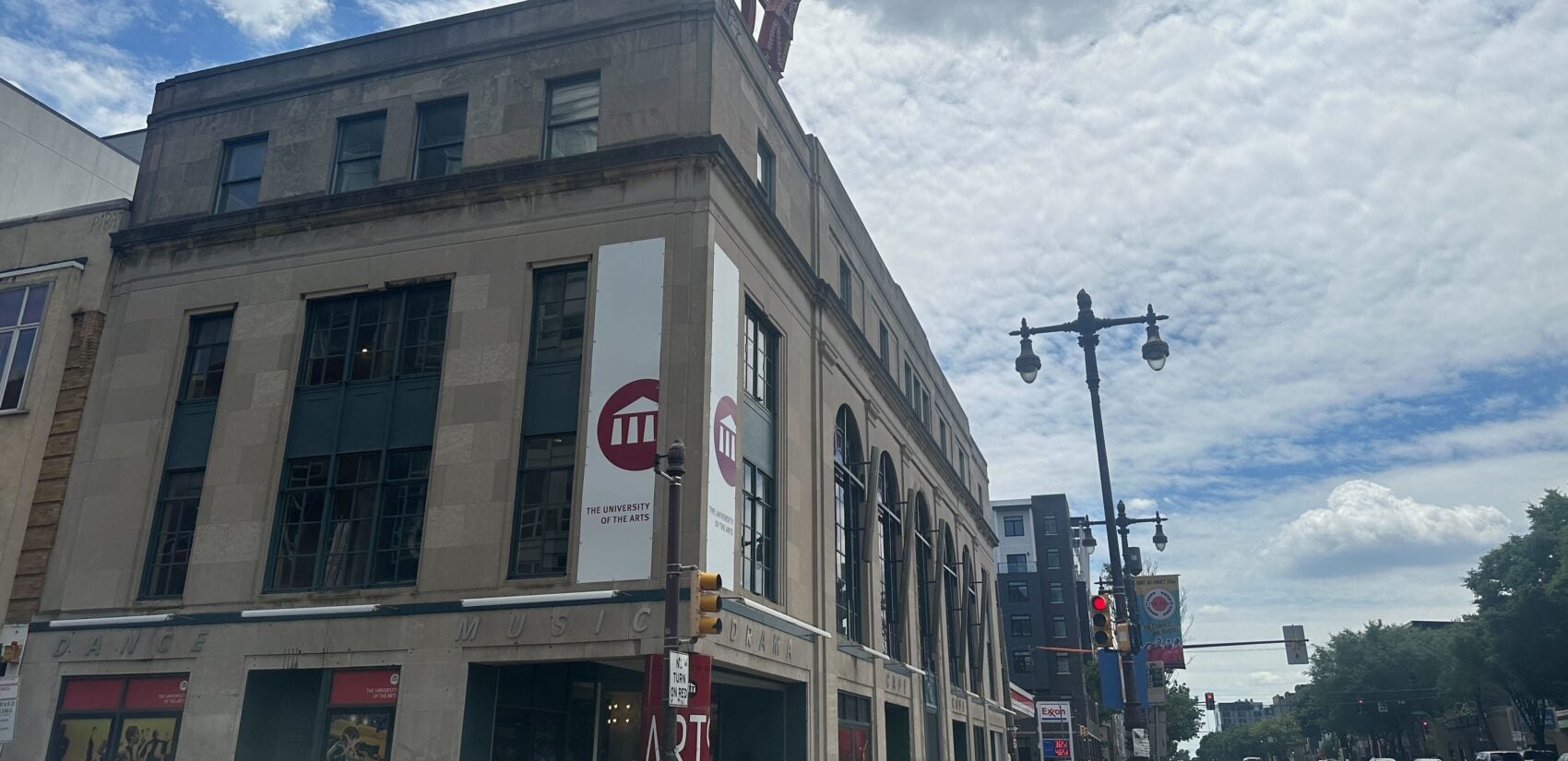
The Philadelphia Historical Commission also regulates any changes to the historically protected building facades.
So that means special care for buildings like a former Ritz Carlton Hotel at the corner of South Broad and Walnut streets. It was built in the 1910s. By the 1950s, it was converted into offices.
The university purchased the property in the late 1990s and created Terra Hall, which has performance and classroom space.
“Adaptive reuse is something that the university has done successfully in several locations over the years,” Steinke said.
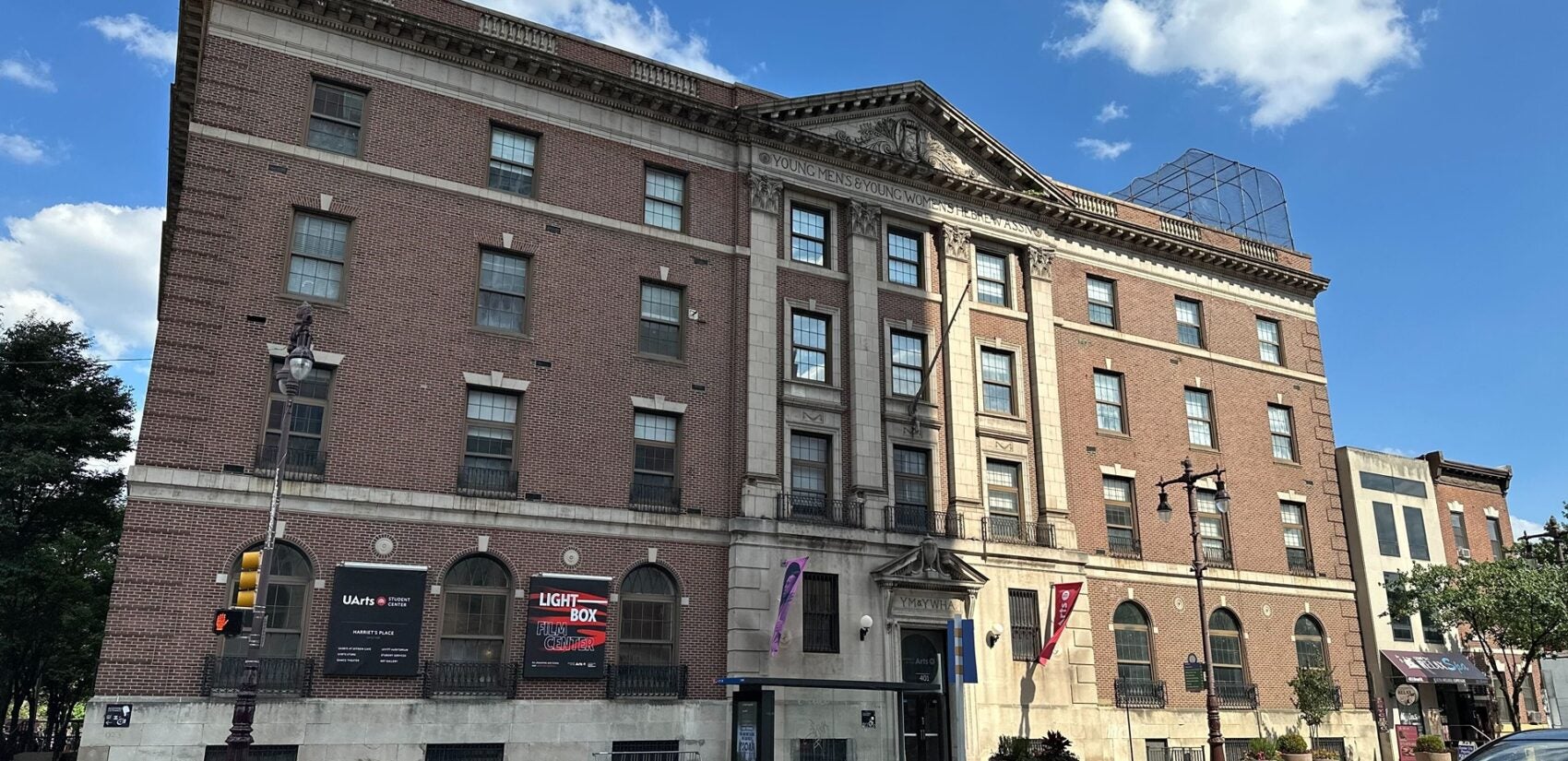
There are some buildings that lend themselves to other uses, like the college dormitories just off South Broad Street could easily be converted into market rate apartments, he said.
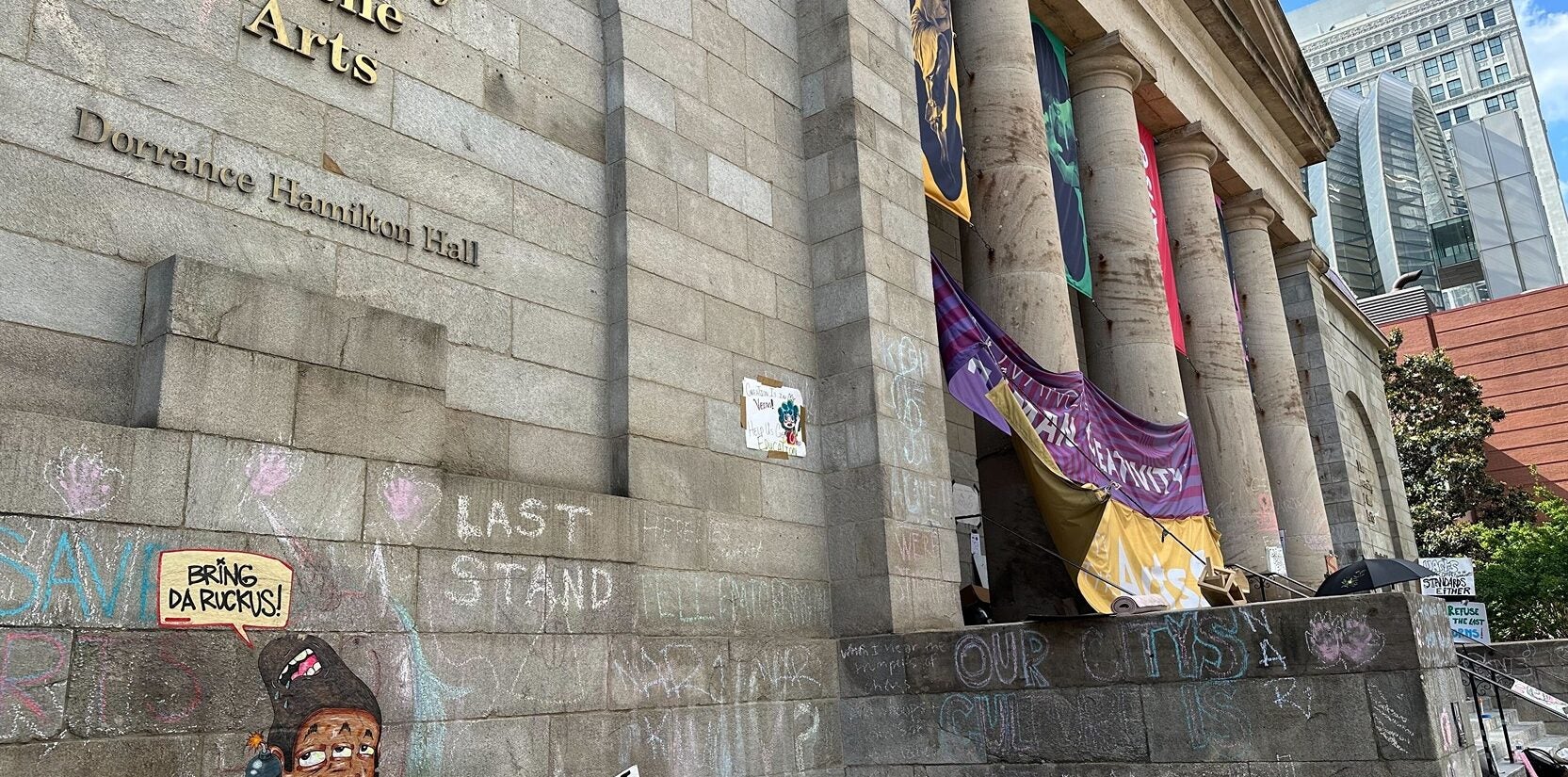
In December 2022, the university sold one of its dormitories on the 1500 block of Pine Street for $10.7 million to raise cash.
It’s unclear how long the process will take and it’s possible that the buildings will sit dormant for a stretch. The city has a property maintenance code enforced by Licenses and Inspections.
“If any of these buildings were to fall into disrepair there would be a mechanism to try and get the responsible party to take action. But I hope that these buildings are in use,” he said.

Get daily updates from WHYY News!
WHYY is your source for fact-based, in-depth journalism and information. As a nonprofit organization, we rely on financial support from readers like you. Please give today.



